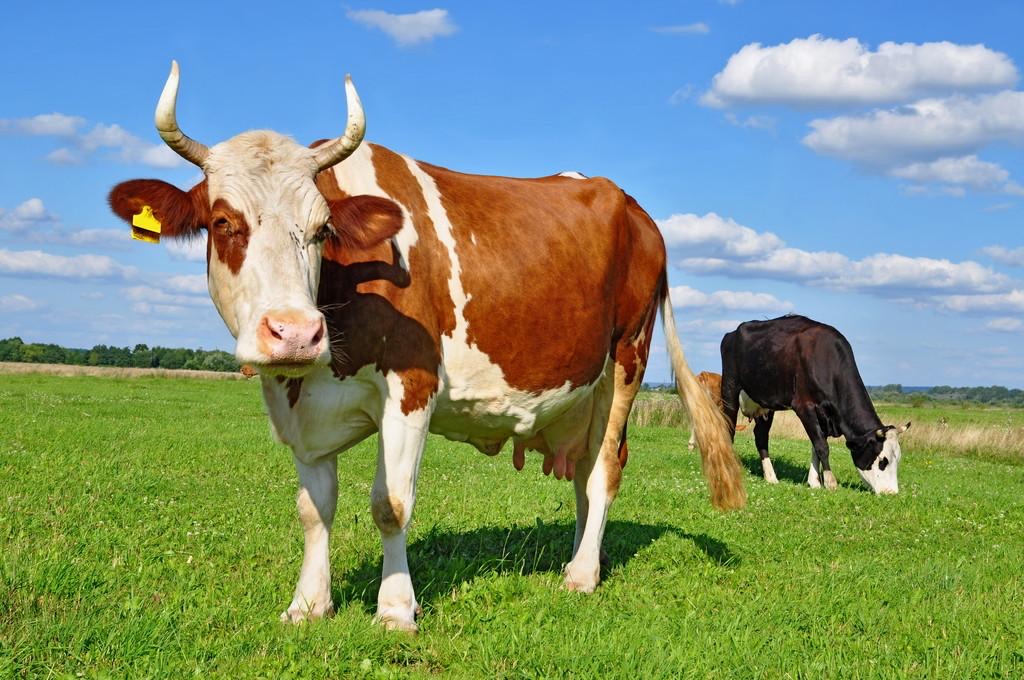

News briefing: Treatment: Inject 1 to 1.5 grams of cortisone or 200 to 400 units of corticosteroid to the sick cow once a day. At the same time, 300~500ml of 20%~50% glucose was injected intravenously, once a day. Digestion and rumination are not good enough for stomach
Ketouria in dairy cows is caused by the disturbance of carbohydrate and fat metabolism and the accumulation of a large number of ketone bodies in the blood. It is also called ketoneemia and ketosis. It is more common in the house feeding period in winter and spring, especially high-yielding dairy cows that are fed more concentrate and are well-nourished. Primary ketonuria is an increase in the burden of the endocrine system and metabolism during pregnancy and calving and the start of lactation, and the disturbance of carbohydrate and fat metabolism produces a large amount of ketones. These excessive ketones enter the blood and produce acidosis This is the main cause of cattle death. Secondary ketonuria is more common in diseases such as postpartum paralysis, feed poisoning and foregastric retardation.
1. Symptoms: Sick cows often show allergies and excitement, such as eye tremor, neck muscle spasm, roaring, rampage, excitement, dyskinesia, unstable gait, quadriplegia, difficulty standing, lethargy, slow breathing, and slow heartbeat. He died in a coma. Sick cows sometimes breathe out, smell chloroform in urine and milk, or smell sweet fruits.
2. Prevention: Prevention of ketonuria is the key to improving feeding, adding green hay and green juicy feed, and appropriately reducing some carbohydrate concentrates, especially from the middle of pregnancy until postpartum. Don't give too much concentrate. At the same time, an appropriate amount of sodium bicarbonate can be added to the beverage frequently, which not only increases milk production, but also neutralizes gastric acid and reduces the occurrence of acidosis. And pay great attention to the feed composition, reduce the fat-rich feed, the feed should not be single, diversified, multi-variety, and no partial eclipse.
3. Treatment: Inject 1 to 1.5 grams of cortisone or 200 to 400 units of corticosteroid to the sick cow once a day. At the same time, 300~500ml of 20%~50% glucose was injected intravenously, once a day. Digestion and rumination are not good enough for stomach. Lethargic injection of sodium benzoate kafine.